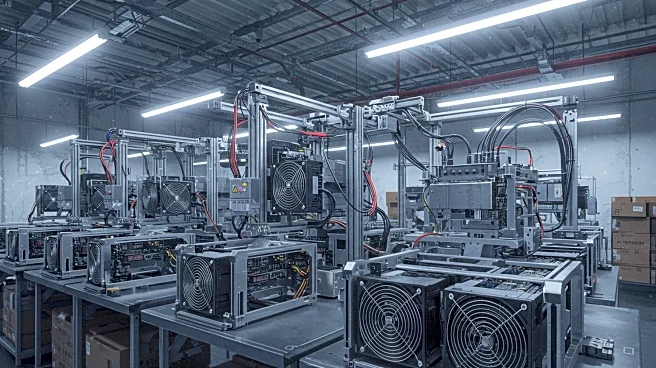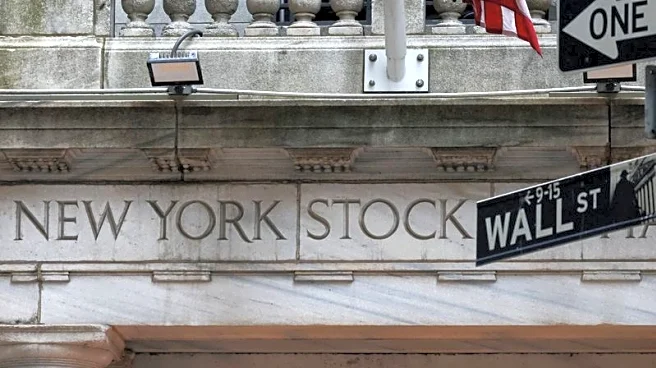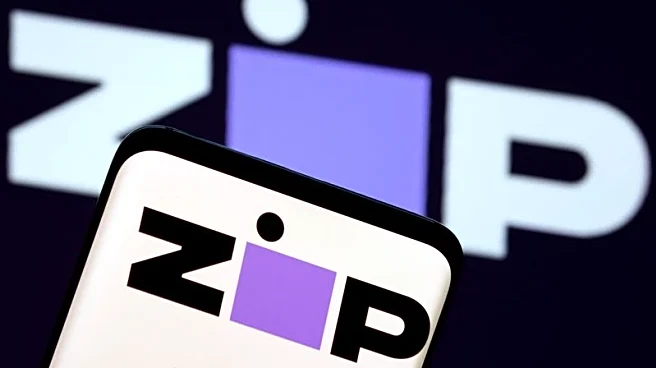What's Happening?
Klarna, a leading fintech company, has secured a $1.6 billion facility from Santander, highlighting the evolving dynamics between traditional banks and fintech companies. This financial arrangement allows Klarna to monetize its German receivables portfolio while maintaining operational control over customer relationships. The move comes as Klarna reports significant revenue growth, with second-quarter revenue reaching $823 million, marking a 20% year-over-year increase. Klarna is also preparing for a potential initial public offering (IPO) in the United States, which was initially put on hold in April. The company serves 111 million active consumers through 790,000 merchant partners globally.
Why It's Important?
The facility from Santander underscores the growing collaboration between traditional financial institutions and fintech companies. This partnership not only provides Klarna with the necessary capital to expand its operations but also reflects a broader trend of banks seeking to integrate fintech innovations into their services. The potential IPO in the U.S. could further solidify Klarna's position in the global market, offering investors a chance to participate in the burgeoning buy-now-pay-later (BNPL) sector. As inflation drives demand for BNPL services, Klarna's expansion could significantly impact consumer finance, offering more flexible payment options to a wider audience.
What's Next?
Klarna's potential IPO in the U.S. is a significant step that could attract substantial investor interest, given the company's growth trajectory and market position. The collaboration with Santander may pave the way for similar partnerships between banks and fintech firms, potentially reshaping the financial services landscape. As Klarna continues to expand its consumer base and merchant partnerships, it will likely focus on enhancing its product offerings and exploring new markets to maintain its competitive edge.













